Hand spun threads and using only natural dyes, everything to make Yaeyama-Jofu is sourced on the island of Ishigaki.
The founder of Ginza Motoji, Koumei Motoji will hereinafter be referred to as Koumei. His son, and the current owner of the store Keita Motoji will be referred to as Keita.
Keita Motoji: Next, let us speak about Yaeyama-Jofu. Miyako-jofu, a traditional textile made from the fibers of the ramie plant, is produced in Ishigaki Island, located further southwest of Miyako Island in the Yaeyama Islands, approximately 400 to 500 kilometers from the main island of Okinawa.
Koumei: When you say Yaeyama Jofu, the word umizarashi comes to mind. Umizarashi is a technique where the woven fabric is placed in the sea, and bleached in the seawater.
Keita: Due to the huge amount of coral in this area, the water is rich in calcium. This is said to help fix the color to the textile. It also cleanses the fabric of dirt, stains, and impurityss which have been collecterd
You went to Yaeyema to see this process in the flesh right?

From the "Kimono Journey" special feature on Yaeyama Jofu in the magazine "Mrs." (2003), accompanied by Koumei Motoji
Koumei: It was really a dream, I really felt like it washed my heart clean. Though, as soon as I returned home, everything went back to normal (laughs). Not just any place in the sea will do, but the beautiful Kabira Bay on Ishigaki Island is the stage for exposing the fabric to the sun. We aim for days when the sea is calm and expose the fabric to the sun for about 5 hours before moving it to a location where birds won't come. As the island experiences sudden changes in weather, we are always watching the sky closely.

Yellow dye is most commonly produced from the Fukugi tree. This tree is often serves as a wind breaker due to its wide canopy and strength.
Keita: With thread taken from the choma plant on the island, to naturals dyeing, to being bleached in the sea. Even the making of Yaeyama jofu feels like a breeze of fresh air. This time we have over 12 items in our store, an almost unbelievably wide selection.
Koumei: We even have two kimono made with the traditional

In the above picture, the natural white of the fabric is complimented beautifully by the warm, deep reddish brown of the kasuri dyed with kuru. This kimono is worn with an obi of shina-fu which is made using the bark of a tree.
Keita: When it comes to Yaeyam-Jofu, many people may envision a white fabric with kasuri patterns. It is also known as Akajima-Jofu and is dyed using a technique called nassen, where patterns are applied to the threads using a stencil. Currently, red madder dye used in nassen has become difficult to obtain, making these two pieces even more valuable.

Red madder is a unique dye used in Yaeyama-Jofu, and it is only found in the mountains of the Kakeroma Island and the Iriomote Island.
Koumei: We even have a die-hard fan of Yaeyama among our staff. After spotting the actress Kanako Higuchi wearing Yaeyama in a book, she fell head over heels.

In Yaeyama, the weft threads are hand-spun using choma threads, while the warp threads are of ramie.
Keita: Yaeyama-Jofu has a distinct sense of airyness and volume that sets it apart from Echigo or Miyako. It has a certain gracefulness in its drape, creating an atmosphere that is unique.

The red madder dye is applied to the threads using the to the ramie thread using nassen technique. The dye is applied carefully where desired on the threads with a brush, but without any resist binding threads.
Keita: Not only kimono, but we have a wide selection of beautiful obi now available. Among the variety of colors and patterns dyed with hand-tied kasuri, we hope you can find your favorite piece and fulfill your longing for Yaeyama-Jofu. We encourage you to experience the allure of Yaeyama by making it your own.
 名古屋帯
名古屋帯
 袋帯
袋帯
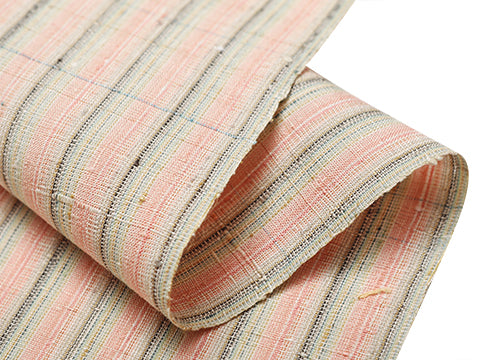 紬・綿・自然布
紬・綿・自然布
 小紋・江戸小紋
小紋・江戸小紋
 訪問着・付下げ・色無地ほか
訪問着・付下げ・色無地ほか
 浴衣・半巾帯
浴衣・半巾帯
 羽織・コート
羽織・コート
 肌着
肌着
 小物
小物
 履物
履物
 書籍
書籍
 長襦袢
長襦袢
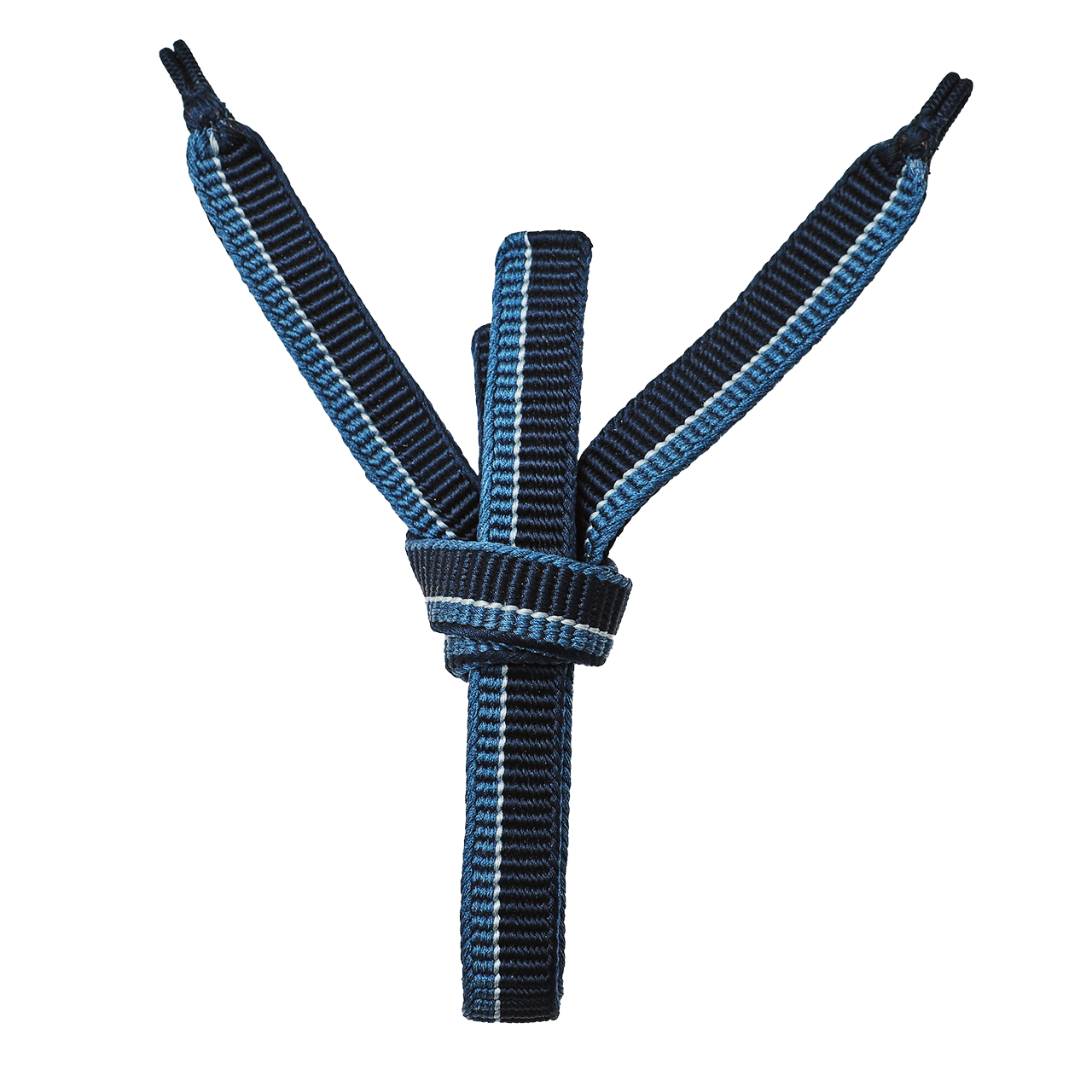 小物
小物
 帯
帯
 お召
お召
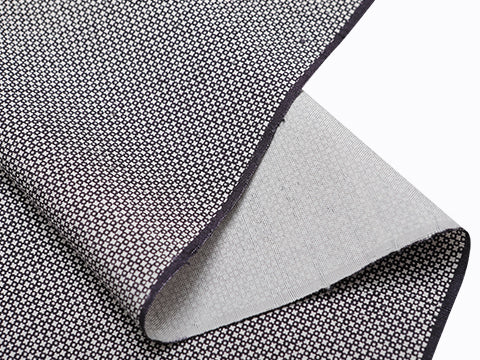 小紋・江戸小紋
小紋・江戸小紋
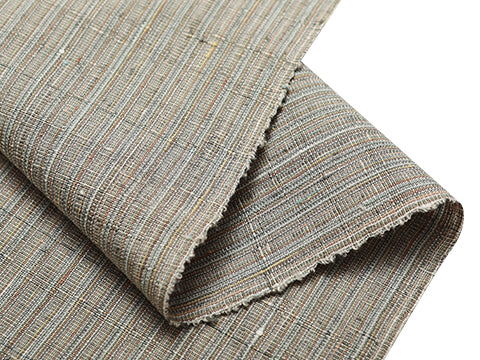 紬・綿・自然布
紬・綿・自然布
 袴
袴
 長襦袢
長襦袢
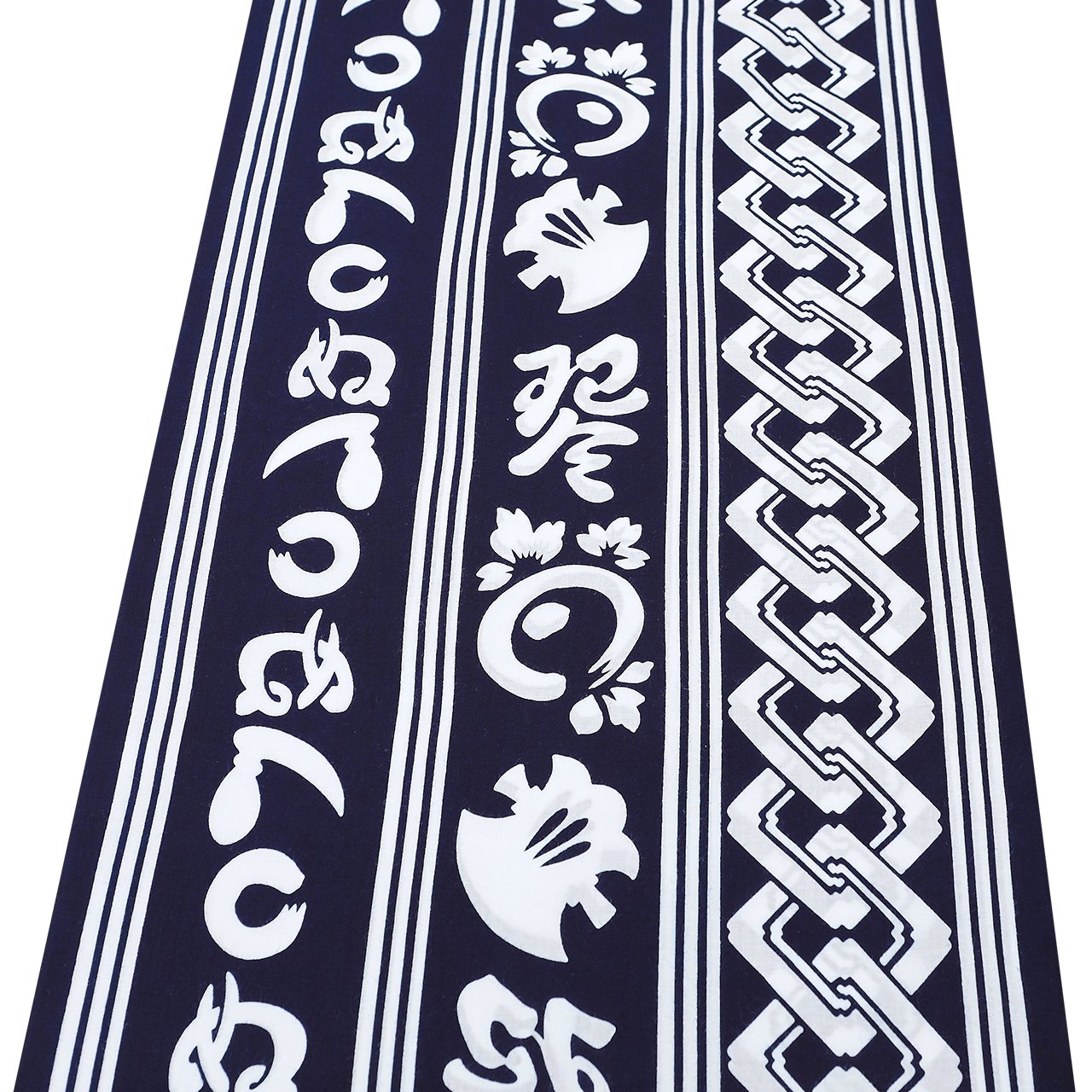 浴衣
浴衣
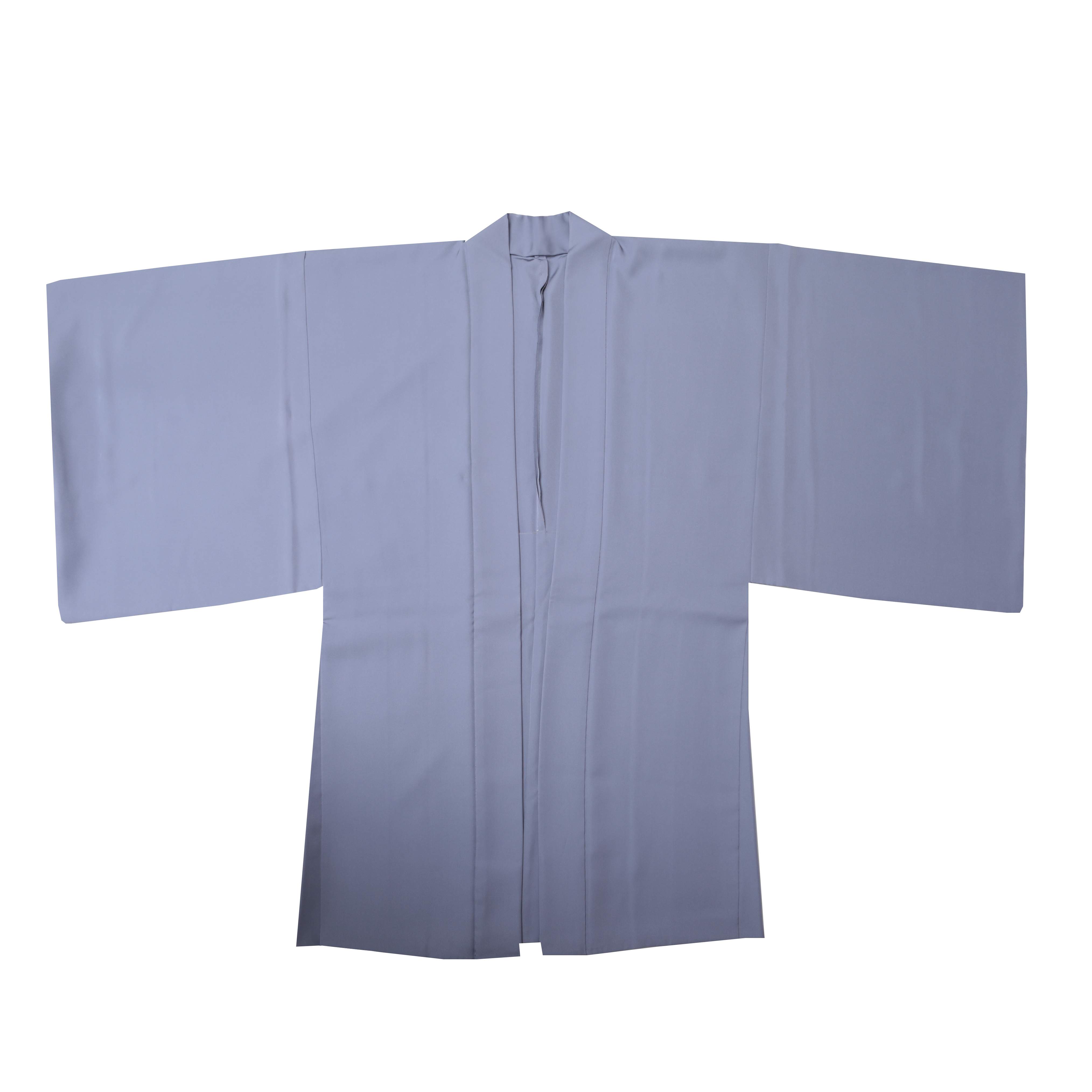 羽織・コート
羽織・コート
 額裏
額裏
 肌着
肌着
 履物
履物
 紋付
紋付
 書籍
書籍
